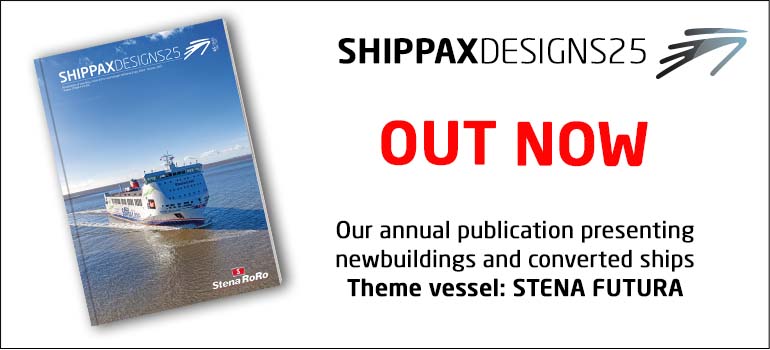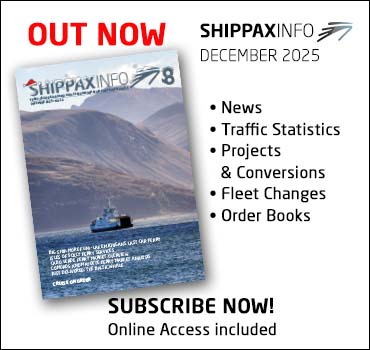Exhaust gas cleaning systems have a limited impact on water quality
Ships that use Exhaust Gas Cleaning Systems (EGCSs) to comply with the IMO sulphur regulations have a small impact on the water quality in ports, when compared to future EU standards for priority substances in water. This is the main conclusion of a new study carried out by CE Delft, with support from Deltares.
The study calculates the predicted equilibrium concentrations for 11 metals and 16 Polycyclic Aromatic Hydrocarbons (PAHs). Four of these metals and seven PAHs are priority substances under the European Water Framework Directive (EU WFD). In most ports and for most substances, the increase in concentrations caused by continuous discharge of a relatively high amount of EGCS wash water is less than 0.1% of the limit value in the EU WFD for 2021 for these priority substances (see figure below). In ports with low hydrodynamic exchange (such as in the Baltic sea), the increase in concentration can amount to 0.6% of the limit value for a few PAHs. The study also evaluates the accumulation of substances in port sediment.
The International Maritime Organisation (IMO) regulates emissions of sulphur oxides (SOx) from ships. Ships can either use fuels with a limited sulphur content or use an EGCS. As of 1 January 2020, the global sulphur limit will be reduced from 3.50% m/m to 0.50% m/m. This has led to an increase in the number of ships equipped with EGCSs. An EGCS utilises water to remove SOx and other harmful air emissions such as Particulate Matter (PM) and PAHs from the exhaust in a chemical-mechanical process known as scrubbing. So-called open-loop EGCSs discharge the wash water into the surrounding water.
Concerns have been raised about the environmental impact of wash water discharges, especially in port areas. The study is unique as it uses empirical data from almost 300 EGCS wash water samples, the most extensive dataset of this kind analysed in this manner, and because it employs the MAMPEC-BW model to calculate equilibrium concentrations in ports. MAMPEC-BW is a model that is widely used in a regulatory context, e.g. for the approval of ballast water management systems and antifouling agents.
The study was commissioned by the Cruise Lines International Association Europe (CLIA Europe) and a number of industry partners with the aim of furthering publically available knowledge on the impact of wash water discharges from open-loop EGCSs on port water and sediment. In support of this objective the report has been submitted to the GESAMP EGCS Task Team for consideration in relation to their advisory submission to the IMO on the impacts of EGCS wash water, and as an IMO Information (INF) Paper for presentation at IMO PPR 7 in February 2020 by CE Delft.
Quote from Jasper Faber, director maritime of CE Delft: ”The study shows that in ports representative of those in North-Western Europe, the increases in concentrations are small when compared to the applicable limit values for priority substances. The methodology developed in this study can also be tailored for other ports anywhere in the world to analyse the specific impacts in those ports.”
dec 20 2019
Most read
Scottish government to nationalise Ardrossan Harbour and carry out major upgrading programme to be able to dock new CalMac ferries
jan 09 2026
Indonesian ferry wrecked in the Sunda Strait
jan 08 2026

















